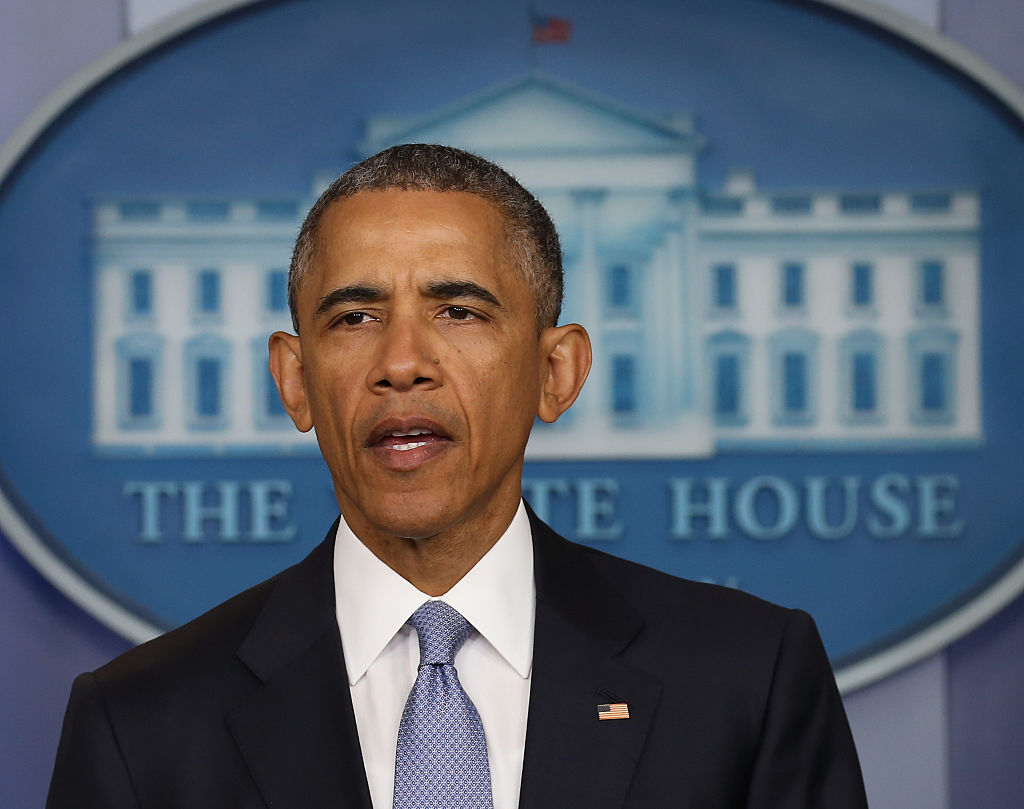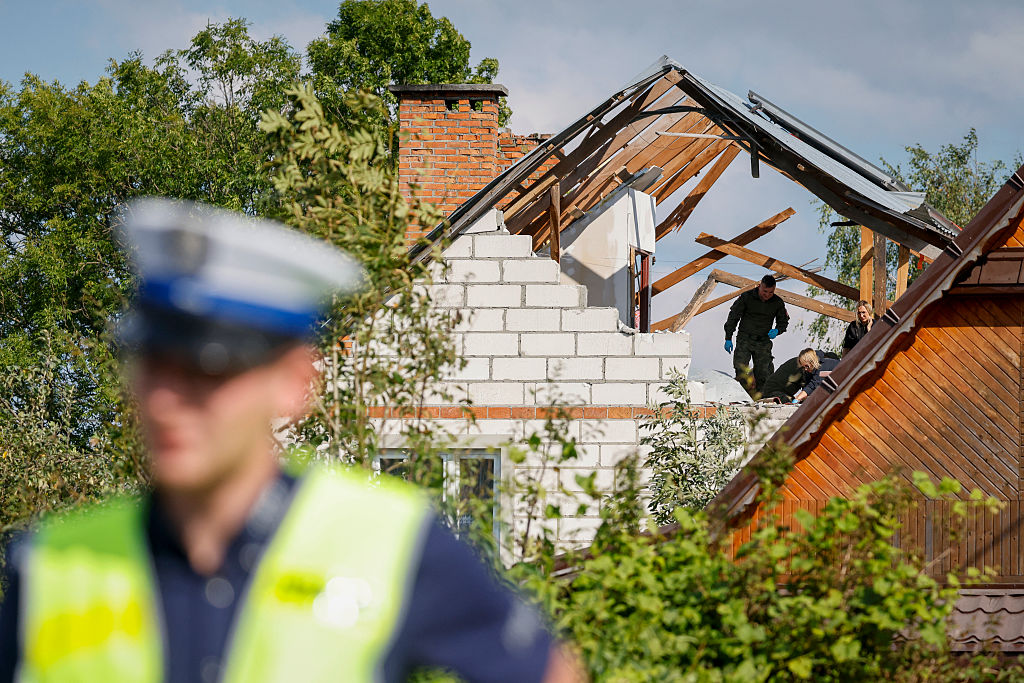It was nearly six years ago on October 3 that the Médecins Sans Frontières hospital near Kunduz, Afghanistan, was hit by US airstrikes. The bombings occurred ‘repeatedly and precisely’ and for more than 30 minutes afterwards, hospital officials frantically called Afghan and American military officials.
In the end, the hospital — which was caring for Afghans wounded in the ongoing war — was partially destroyed and 22 civilians and medical workers lay dead. The timeline afterward went something like this: the Pentagon acknowledged there may have been collateral damage to a nearby medical facility during a fight with Taliban insurgents. A day later, officials said the US had fired on insurgents who were engaging with Afghan military in ‘the vicinity’ of the hospital. On the third day, they blamed the Afghan military for calling in the strike. On October 6, Gen. John Campbell told a Senate committee that US special forces on the ground, in coordination with Afghan forces, called in the attack that ‘mistakenly struck’ the hospital.
Of course, questions continued to swirl, as reports emerged there were classified recordings of the gunship cockpit communications indicating the pilots questioned whether the strikes were legal as they were firing. In addition, the MSF charity claimed it had shared hospital coordinates with the Americans as recently as September 29, casting doubt on any assertion that the military did not know they were firing on a medical facility, which is outside the rules of engagement.
The fog of war indeed. But that event six years ago illustrates that the most recent ‘mistake’ by the US military — a drone attack in Kabul that killed 10 civilians, mostly children — is just the latest in an ongoing tableau of carnage.
To put it into perspective, London-based Airwars, which has been methodically cataloging strikes across the Middle East, released a report earlier this month claiming that the United States has killed at least 22,679 civilians — and potentially as many as 48,308 — in 91,340 strikes across seven major conflict zones since 2001.
Of course, there is a wide discrepancy between the civilian deaths that the Pentagon has acknowledged and those reported by Airwars and other groups that painstakingly sift through public source information, interview people on the ground, and gather evidence from non-governmental organizations working in the places where these attacks occur. Airwars claims that the reality is many times higher than the Pentagon’s recent attempts to do their own reckoning of civilian casualties.
As Airwars explains, the Pentagon will typically acknowledge at least one death in an action but not others that are also claimed, leaving names and faces forgotten to history. Over time, this adds up. Sometimes, when public pressure is extraordinarily fierce, like in the case of the Kabul attack (it turned out the American target was an aid worker who had assisted the US, not an Islamic State terrorist with bombs in his trunk), the Pentagon will be forced to admit all.
These are the ‘mistakes,’ of course, but what about all of the strikes that allegedly target terrorists but take out many more civilians in the process — the so-called collateral damage — for which the Americans have little to say and for which there are typically no reparations? Like when a US airstrike reportedly killed 26 insurgents and 37 civilians, mostly women and children, at a wedding party in Wech Baghtu, Afghanistan, on November 3, 2008? Or when 23 civilians, including eight children, were killed at an alleged insurgent compound in North Waziristan (the two targeted insurgents were not onsite) on September 8, 2008? Considering the tens of thousands of bombing campaigns in Yemen, Pakistan, Syria, Iraq, Somalia, Afghanistan and Libya over the last 20 years, this is a long and bloody record left largely unacknowledged by official Washington.
How else could President Obama, who escalated the drone wars, get away with keeping the details from the American public for years? Even when he was forced to open up in 2012 (when he was sued by the ACLU), he suggested the strikes were limited and the precise nature of them was a more humane way of conducting war. The American people apparently bought this, at one point approving of the drone war by nearly 80 percent.
Even Obama’s revealed ‘kill list’ — a secret dossier of targets that included Americans, processed solely within the executive branch with no congressional oversight — raised eyebrows only among civil liberties and human rights activists. The fawning American media, true to form, spun it as Obama’s cross to bear, a virtue even, while acknowledging that the manhunting program was ‘testing his principles’.
Not surprisingly, John Brennan, Obama’s top counterterrorism adviser who helped institutionalize the kill list program from inside the White House, is now a celebrated pundit on MSNBC; his part in defending CIA torture has long been papered over by his role as a spear point in the anti-Trump resistance. Brennan proclaimed after the Capitol riot on January 6 that he was ’embarrassed to be a white male’, though he has yet to admit any shame for killing countless innocent brown people in the Middle East throughout his eight years in the Obama administration.
Meanwhile, Avril Haines, a National Security Council lawyer who helped put a legal sheen on each and every one of those kill list targets, is now Biden’s director of National Intelligence. She just told an audience at a counterterrorism conference that there are growing Isis threats in Syria, Iraq, Yemen, and Somalia. Not only have these air wars failed to eliminate the threats, the very people responsible for the blowback and, ultimately, for losing the 20-year war in Afghanistan are still at the helm.
Bless the hearts of those who think the civilian slaughter in Kabul was an aberration — it was neither the first nor the last of its kind.

























